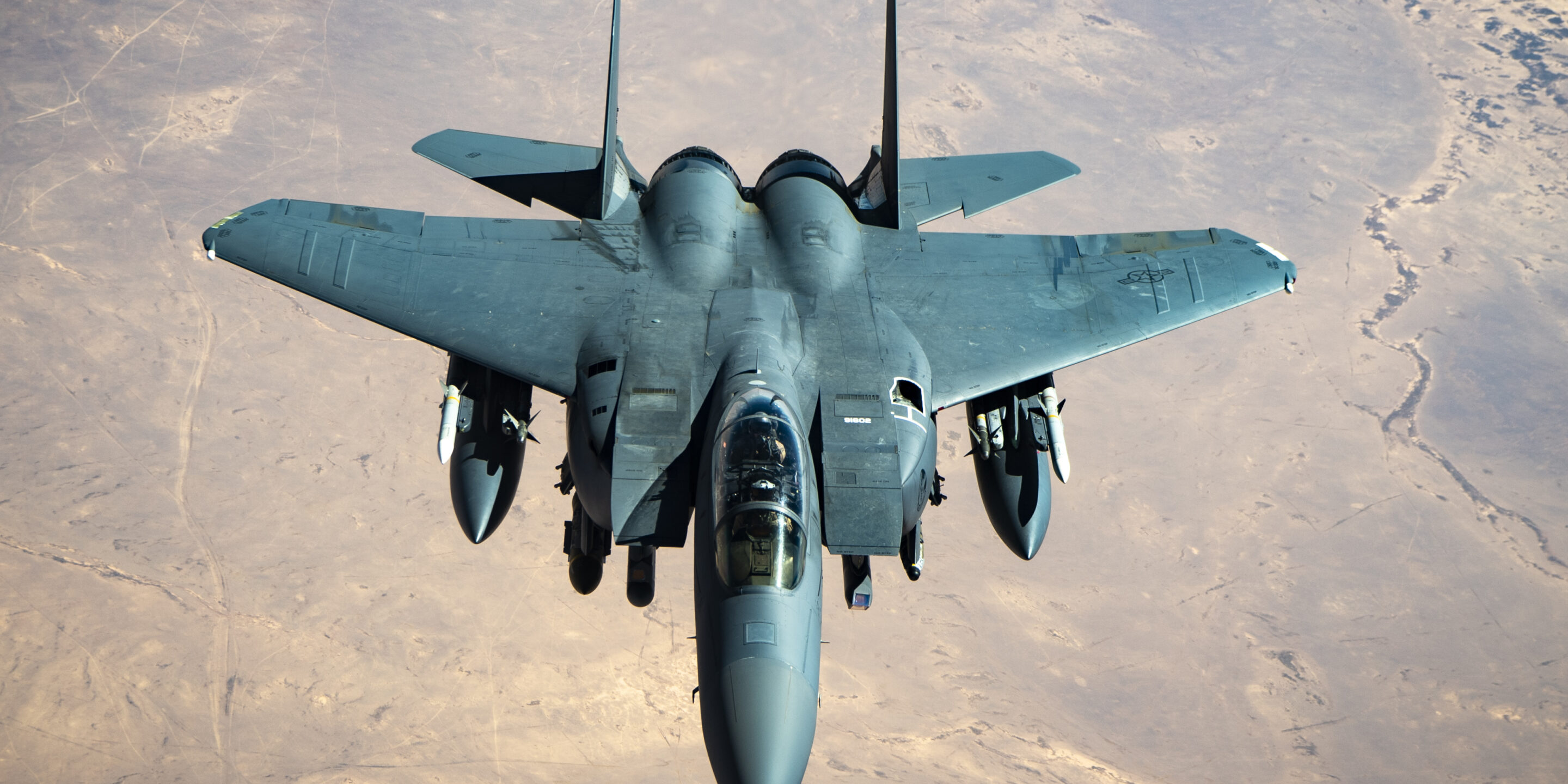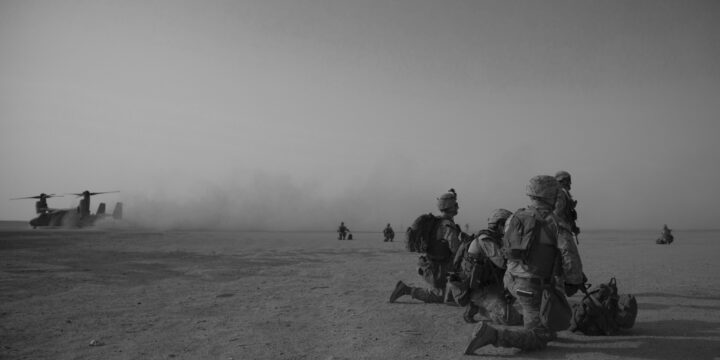A perpetual U.S. military presence in Iraq undermines U.S. interests
- Core U.S. interests in the Middle East are narrow: (1) prevent significant, long-term disruptions to the flow of oil and (2) defend against anti-U.S. terrorist threats.
- Eliminating ISIS’s territorial caliphate was the sole reason for the 2014 U.S. military intervention. This objective was accomplished by December 2017, when Baghdad and the U.S.-led coalition announced the liberation of Iraqi territory from the terrorist group.
- Today, approximately 2,500 U.S. forces remain in Iraq. Since 2003, U.S. forces have taken on multiple missions: standing up a professional Iraqi army, nation building, countering Iranian influence, and fighting ISIS.
- U.S. troops are not needed to fight ISIS’s remnants, whose freedom of movement is severely degraded. The Iraqi government and Kurdish forces can effectively contain ISIS militants.
- All remaining U.S. forces should withdraw from Iraq, ideally as part of a larger drawdown of U.S. forces from the Middle East.
Timeline of U.S. interventions in Iraq
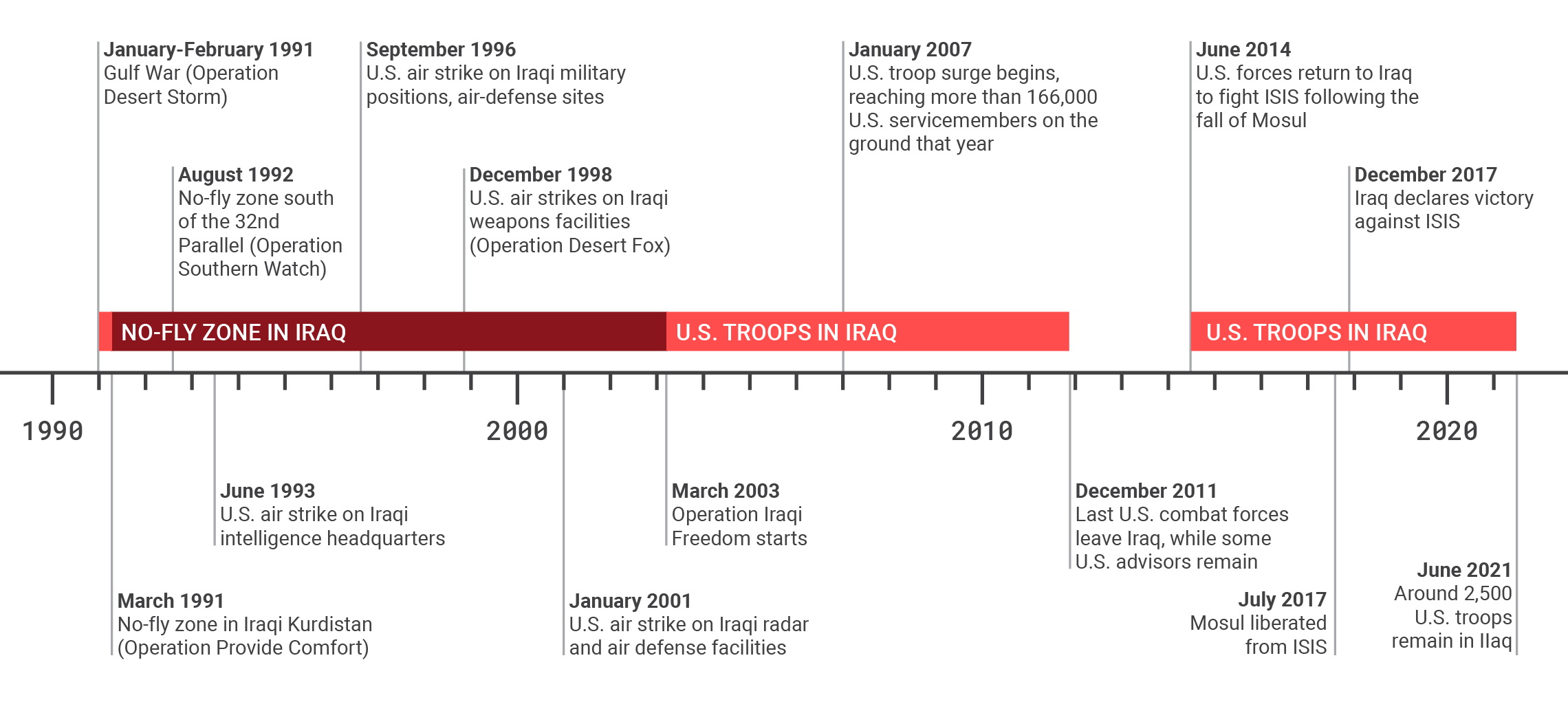
For 30 years, the U.S. has intervened militarily in Iraq, often when not directly relevant to U.S. security.
Evolution of the U.S. intervention in Iraq
- Every U.S. administration since the early 1990s has used military force in Iraq, with the 2003 U.S. invasion being the most significant.
- The U.S. regime-change effort in Iraq brought about the rise of ISIS there. The war replaced an authoritarian regime with a series of fragile Shia-dominated coalition governments, alienated many Sunnis, and produced a proliferation of Sunni extremist groups, including Al-Qaeda in Iraq and ISIS.
- The 2003 U.S. invasion allowed Tehran to expand its influence in Iraq, which had previously served as a check against Iran.
- After the Obama administration drew down forces to nearly zero, the U.S. returned to Iraq in 2014 to eliminate ISIS’s territorial caliphate in coordination with the Iraqi army, Kurdish fighters, and pro-government Shia militias. ISIS lost Mosul, its last major stronghold, in July 2017.
- At its height, ISIS controlled one-third of Iraq and threatened Baghdad. Now, ISIS consists of around 10,000 fighters (in Syria and Iraq, according to a recent U.N. estimate) and is scattered in rural areas. ISIS is now a minor threat to local governments, which have a strong interest in containing it.
- ISIS’s remnants rely on primitive hit-and-run attacks against exposed security convoys and checkpoints and hold little support among the general population.
The costs of staying in Iraq outweigh any conceivable benefits
- Iraq faces severe political problems: weak governance; power imbalances between Baghdad and the provinces; large-scale destruction and displacement in Sunni-dominated areas; loose command-and-control over Shia militias. The U.S. military cannot solve these problems.
- The 2,500 U.S. troops remaining in Iraq train and advise the Iraqi security forces. But core U.S. security interests in the Middle East do not depend on a perfect Iraqi army, which has been the beneficiary of two decades and billions of dollars of U.S. assistance.
- U.S. forces there are targets of opportunity, subject to persistent rocket and drone attacks from Iran-aligned Shia militias (whose representatives are an integral part of the Iraqi government).1Renad Mansour, “Networks of Power: The Popular Mobilization Forces in the State of Iraq,” Chatham House, February 25, 2021, https://www.chathamhouse.org/sites/default/files/2021-03/2021-02-25-networks-of-power-mansour.pdf. Each attack risks unnecessary U.S. casualties and escalation with local militias and Iran.
- The U.S. military presence in Iraq is an extension of the failed maximum pressure campaign against Iran, which has resulted in more aggressive Iranian behavior in the Middle East.
- Maintaining U.S. forces in Iraq to stop Iran from filling a vacuum is unimportant and futile. By virtue of geography, Iran has longstanding relationships with Iraq’s Shia communities and will always maintain some degree of influence in Iraq.
Rocket and drone attacks in Iraq targeting U.S. troops, personnel, or contractors

While causalities and damages have so far been low, Americans in Iraq are under consistent attack.
Treat Iraq as a normal country, not a security dependent
- With ISIS’s territorial caliphate destroyed, and to minimize the risk of casualties, the U.S. should remove all its forces from Iraq. Iraqi security forces (more professional and experienced than in the past) should take responsibility for Iraq’s security.
- A full U.S. troop withdrawal potentially improves the prospects of diplomacy between the U.S. and Iran; limits miscalculation; and deprives non-state actors, such as Shia militias, the opportunity to target U.S. troops and instigate a conflict.2Richard Hanania, “Leaving Iraq and Syria Avoids War and Aids Iran Diplomacy,” Defense Priorities, April 2021, https://www.defensepriorities.org/explainers/leaving-iraq-and-syria-avoids-war-and-aids-lran-diplomacy.
- While unfortunate, violence in Iraq does not impact the balance of power in the Middle East, which is stable. No state in the region is close to being a hegemon with the capability to dominate enough territory to disrupt the flow of oil and trouble the U.S. economy.
- A U.S. withdrawal from Iraq should serve as a step toward an overall drawdown of the U.S. force posture in the Middle East, whose importance to U.S. security and prosperity interests is fading.3Justin Logan, “The Case for Withdrawing from the Middle East,” Defense Priorities, September 2020, https://www.defensepriorities.org/explainers/the-case-for-withdrawing-from-the-middle-east.
- The logic for exiting Afghanistan also applies to Iraq: a successful end of the mission; the imperative of higher security priorities; the unacceptability of treating U.S. troops as bargaining chips; and the intention to dissolve costly military interventions.
Endnotes
- 1Renad Mansour, “Networks of Power: The Popular Mobilization Forces in the State of Iraq,” Chatham House, February 25, 2021, https://www.chathamhouse.org/sites/default/files/2021-03/2021-02-25-networks-of-power-mansour.pdf.
- 2Richard Hanania, “Leaving Iraq and Syria Avoids War and Aids Iran Diplomacy,” Defense Priorities, April 2021, https://www.defensepriorities.org/explainers/leaving-iraq-and-syria-avoids-war-and-aids-lran-diplomacy.
- 3Justin Logan, “The Case for Withdrawing from the Middle East,” Defense Priorities, September 2020, https://www.defensepriorities.org/explainers/the-case-for-withdrawing-from-the-middle-east.
More on Middle East
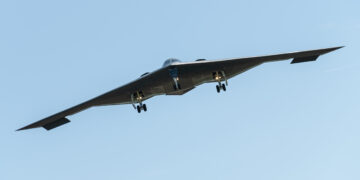
By Rosemary Kelanic and Jennifer Kavanagh
June 21, 2025

Featuring Rosemary Kelanic
June 21, 2025

Featuring Rosemary Kelanic
June 21, 2025
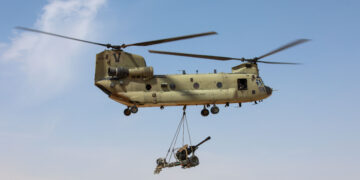
Featuring Rosemary Kelanic
June 20, 2025
Events on Iraq

